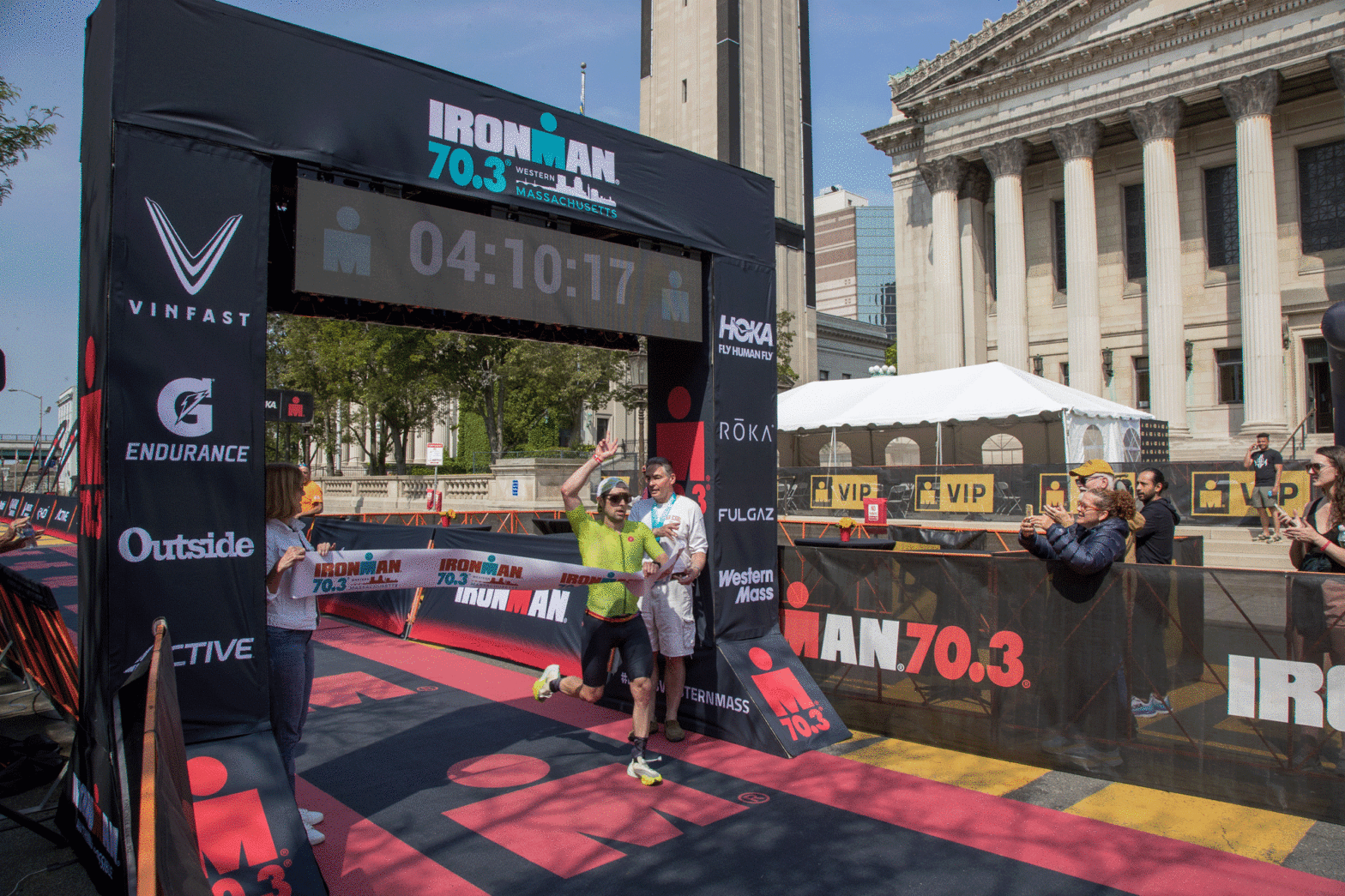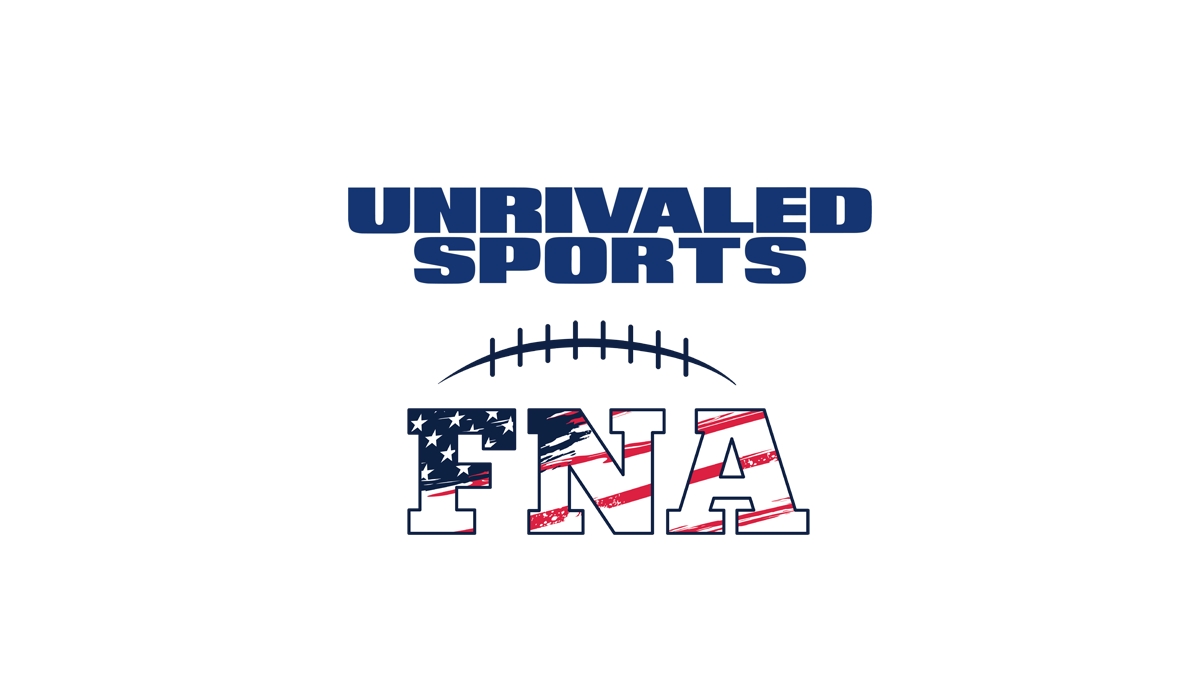
It’s the stuff of dreams. The crack of the bat. Roar of the crowd. The smell of freshly mowed grass. A billow of dust with a slide into third base. The exuberance crowd cheering for a perfect double play.
When Louis Lappe of El Segundo, Calif., hit a walk-off homer to win the Little League Baseball World Series championship in August, he was living every young ballplayer’s dream. Tens of thousands of fans rose to their feet in Williamsport, Pa., as Lappe rounded the bases for the 6-5 win over Curacao.
Sadly, this aspiration is slipping out of reach for some kids as the cost of playing youth baseball increases.
The average family spends $883 each year for a child to participate in baseball, according to the Aspen Institute’s 2022 State of Play Report. While baseball ranked third in cost (behind soccer and basketball), that amount can still put a dent in a family’s budget, especially if more than one child participates in a sport.
“Baseball costs definitely can be a barrier to participation,” says Jon Solomon, editorial director for the Aspen Institute Sports & Society Program.
Parents in the wealthiest households spend about four times more on sports for their children than low-income families. Additionally, middle-income families were far closer in their spending to the lowest-income households than the wealthiest, the report shows. Since 2008, the number of children ages 6-12 who play baseball has dropped from 16.5 percent to 12.2 percent.
Black families spent less on sports than white and Hispanic/Latino parents, according to the Project Play survey results. The survey from fall 2002 showed Black parents spent $574 annually on one child’s primary sport, less than parents who are Hispanic/Latino ($883) and White ($881).
The price to play
Money from registration costs helps leagues pay the monthly or yearly fee for the use of fields and facilities. Even if a local league owns the property, they still have the financial responsibility for utilities, facilities upkeep, and other fees.
Uniforms and equipment, such as bats, catcher’s gear, and training supplies must be purchased, as does machinery and tools needed for field maintenance and any upgrades to the facilities.
Then there is tournament play. In the Little League organization, teams pay an entrance fee of $200 per tournament.
The upside

The number of kids ages 6-12 playing baseball increased slightly in 2021 after taking a two percent dip in 2020. About 3.6 million youth in that age group play baseball, while almost two million kids ages 13-17 participate in the sport, according to the 2022 Participation Trend report.
“More targeted efforts and messaging by professional sports leagues and nonprofits about the disparities in access to sports may be making a difference, although among older children ages 13-17, the participation gap based on household income slightly increased,” according to the report.
Many city programs don’t cost nearly the average $500 or more indicated in the Project Play report. The city of Foley, Ala.’s youth baseball program, for example, starts its fees at $65 for its 6U (tee-ball for ages 5-6) and tops out at $130 for 14U (ages 13-14). That fee includes uniforms and equipment, but families are still responsible for a glove and cleats.
The American Rescue Plan Act (ARPA), passed in 2021 to help with losses due to the pandemic, provided federal funding to benefit children’s sports teams and organizations. Many municipalities and county programs took that ball and ran with it.
The city of St. Paul, Minn., for example, dropped all sports fees for youth ages 9-18 for three years. The Phoenix Parks & Recreation Department in Arizona allocated $500,000 of ARPA funds to provide free and affordable youth sports opportunities. Colorado Springs, Colo., also waived registration fees for thousands of local kids through at least 2026.
Additionally, Babe Ruth League players can get assistance from the Every Kid Sports Pass, which pays up to $150 in registration fees for kids coming from qualifying families.
The Little League Baseball and Softball regulations require programs to allow all children the opportunity to register to play, even if they are unable to pay
a registration or participation fee. Other leagues have implemented a player scholarship program or allow families to “adopt a player,” by paying for another child’s fees.
Sibling discounts and payment plans are other ways Little League encourages its programs to knock down financial barriers.
Travel ball

Unfortunately, travel costs to play sports also increased 19 percent in 2022 compared to pre-COVID figures, according to the Aspen Institute 2022 Costs to Play report. Travel makes
up the largest portion of the costs of sports participation.
The 2022 State of Play report suggests travel baseball rebounded from the pandemic in a big way, but also noted some community sports programs floundered: three of 10 community programs either closed, merged, or had less capacity compared to the previous year.
On average, travel baseball costs families about $3,700 a year, according to a USA Today 2022 article. The costs add up for food, gas, and accommodations, along with team registration fees.
Unsurprisingly, this situation creates disparities as well. Parents making $150,000 or more spent 83 percent more on travel for their child’s sports experience than families earning under $50,000, and 65 percent more than households making between $50,000 and $149,999, according to the 2022 Participation Trend report.
CVBs and tourism boards work with sports organizers to try to keep travel costs affordable for families.
On the Alabama coast, Gulf Shores | Orange Beach (GSOB) Sports & Events provides planners with a link so participants can book directly with sponsor accommodations for the best available rates, according to Michelle Russ, vice president of sales, sports, and events.
The GSOB team also offers a variety of free resources for organizers, including grants for qualifying events and sponsor discounts for participants, alongside their families and friends.
Since the pandemic, GSOB Sports & Events has seen steady, sustainable growth in the number of baseball tournaments it hosts, says Russ. Maintaining that growth may be hindered, however, by a strain on existing sports facilities by residents and the local school systems.
“This makes it vital for a sports tourism complex to be built to keep up with the travel sports demand while satisfying the community’s needs,” he says.
Is it worth it? Consider how a youth baseball tournament like the Perfect Game World Series held on the Alabama coast pumped millions of dollars into local coffers. For the players, competing in a multi-day baseball tournament is a time-honored tradition that builds friendships and creates lifelong memories









